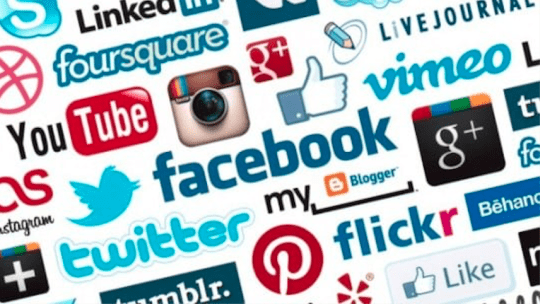
After the 2016 election, claims about fake news were widely circulated and discussions of how to navigate the flood of online information became popular. As the Phi Delta Kappan noted, The Washington Post released “the fact checker’s guide for detecting fake news” and the Huffington Post instructed readers on “how to recognize a fake news story.” As a result, the concept of digital literacy has become an important topic of conversation.
In the same Phi Delta Kappan article, Breakstone et al reveal the problem is much broader than fake news. Breakstone and his colleagues found that when students were asked to evaluate online content, all age groups struggled "mightily." During an 18-month period, Breakstone and his team collected 7,804 responses "to tasks that required students to evaluate online content, ranging from having them evaluate Facebook posts to asking them to find out who was behind partisan websites...Middle school students mistook advertisements for news stories. High schoolers were unable to verify social media accounts. College students blithely accepted a website’s description of itself."
The issue goes beyond students. Mark Zuckerberg’s testimony on Capitol Hill in April about the Cambridge Analytica data breach revealed that many elected officials lack a fundamental understanding of digital communication. Other research supports this, including General Assembly’s findings that there is “a widespread and consistent competency gap in the realm of digital, data and analytics.”
A Global Effort
As a result, there are new efforts to improve digital literacy. Numerous state legislatures across the U.S. have proposed and some have approved legislation to support media literacy instruction for students. Similar efforts are underway in Italy and Canada.
Marketers may be struggling with how to address the issue of digital literacy with their staff and brand personnel; however, they first must understand why investing in this area is important.
Digital literacy makes good business sense. A digitally literate workforce can help businesses sell products and services. ClickZ reported 2017 data showing a strong link between an organization’s digital literacy and how well it understands the customer. At organizations where employees were able to use basic data analysis software and hold a conversation with clients about cyber security and coding, a vast majority of staff (83%) felt the entire organization understood its customers. In organizations where these skills did not exist, only 18% reported they felt they knew the customer.
What Can Be Done?
To navigate this challenging landscape, marketers have options.
First, given that new applications, platforms, and tactics are rolled out almost daily, marketers must be able to speak in-depth about these to staff and brand executives. First-hand experience with emerging tools and platforms is the best way to understand how they can be applied to the needs of brands. In other words, marketers must be users.
It is critical to get the professional skill set right the first time – and the hiring process is a key moment to address skills and knowledge gaps. A study found there were different skill levels between digital natives and traditional marketers. While not surprising, this reveals an important difference that may need to be teased out during the hiring process.
In today’s digital ecosystem, understanding how channels work, how to use data to understand the customer, and the ability to have an informed conversation about these things are vital skills marketers need to make sound strategic recommendations and stay relevant in a changing environment.
Amelia Burke-Garcia PhD is senior director of digital media and director of the Center for Digital Strategy & Research, Westat Health Communications
